Nevada has abundant geothermal activity. Should energy companies develop it?
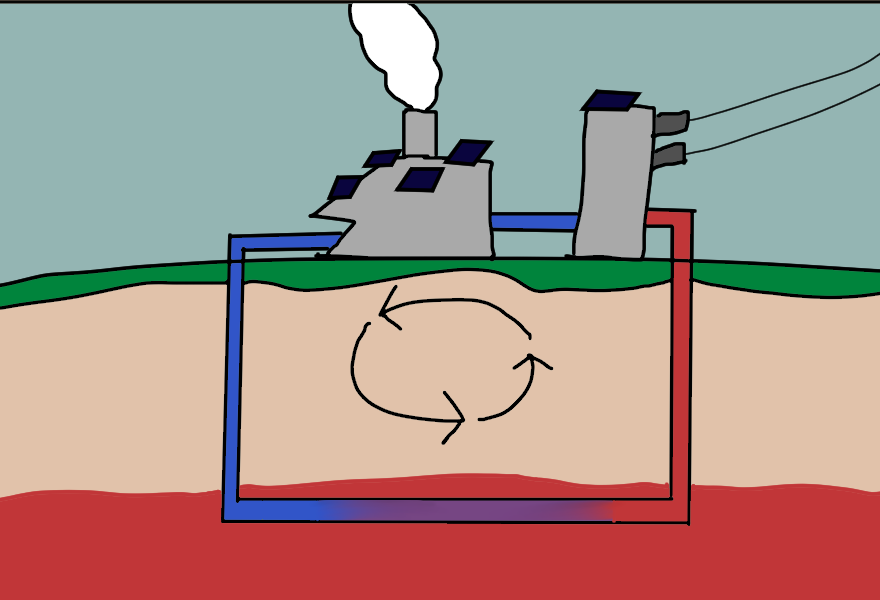
Nevada has many places with potential for geothermal energy, but unfortunately, they are far away from the state’s big cities.
Outdoor industry emphasizes avalanche safety as pandemic sends more skiers into the backcountry
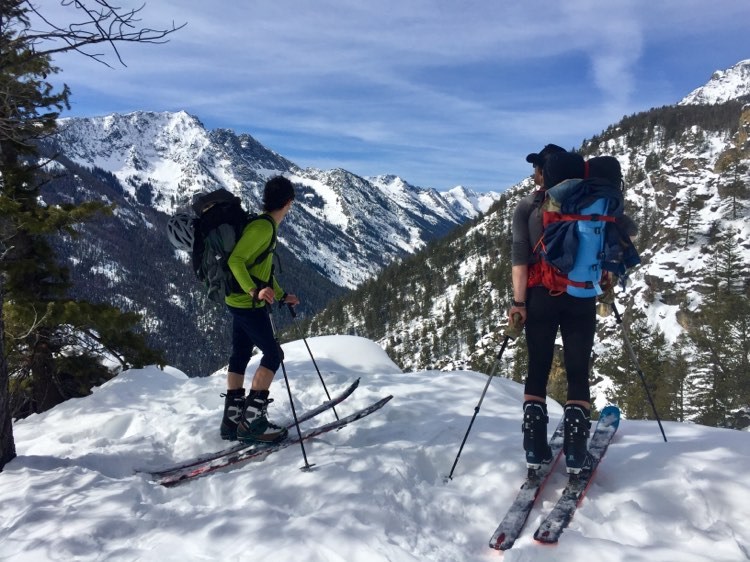
With the pandemic sending more skiers flocking to the backcountry than ever before, guide services more than double their capacity for avalanche safety courses.
Proposed Idaho Gold Project Sparks Outrage Among Conservationists
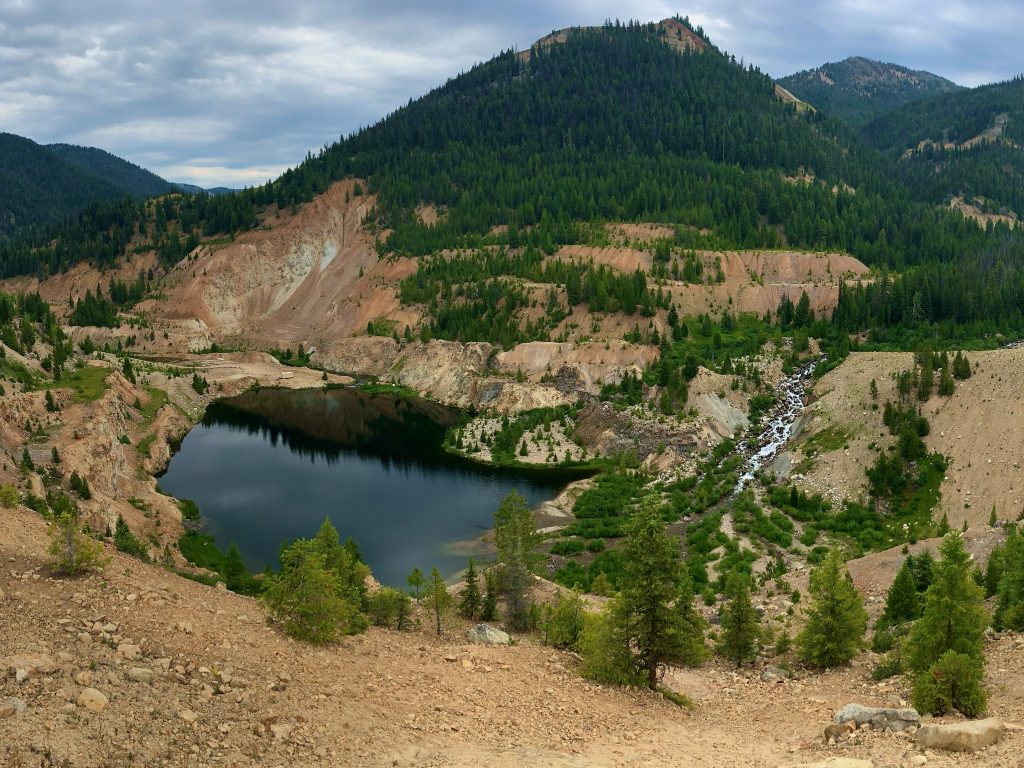
A proposed gold mine at the headwaters of the East Fork South Fork Salmon River has sparked outrage among conservationists, due to the extreme environmental impacts of the mine
New reservoir rules in the West could keep more winter water to combat drought
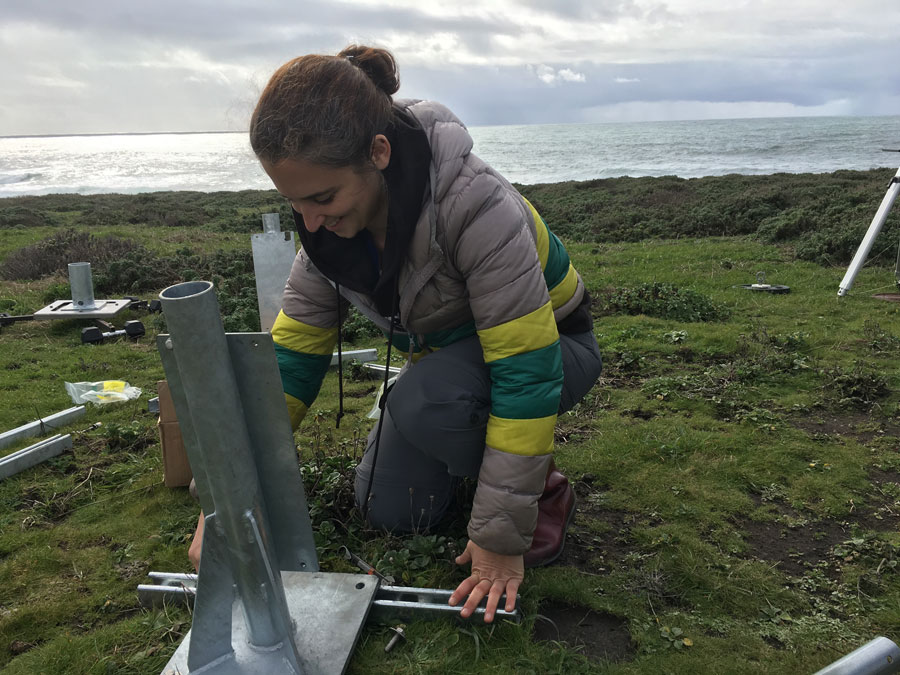
With a warming climate and changing weather patterns, it might be time to update the federal reservoir-level rules that dictate how much water can be kept in some western U.S. reservoirs during winter.
Thirsty Sierra Nevada trees offer clues to predicting water flow into reservoirs
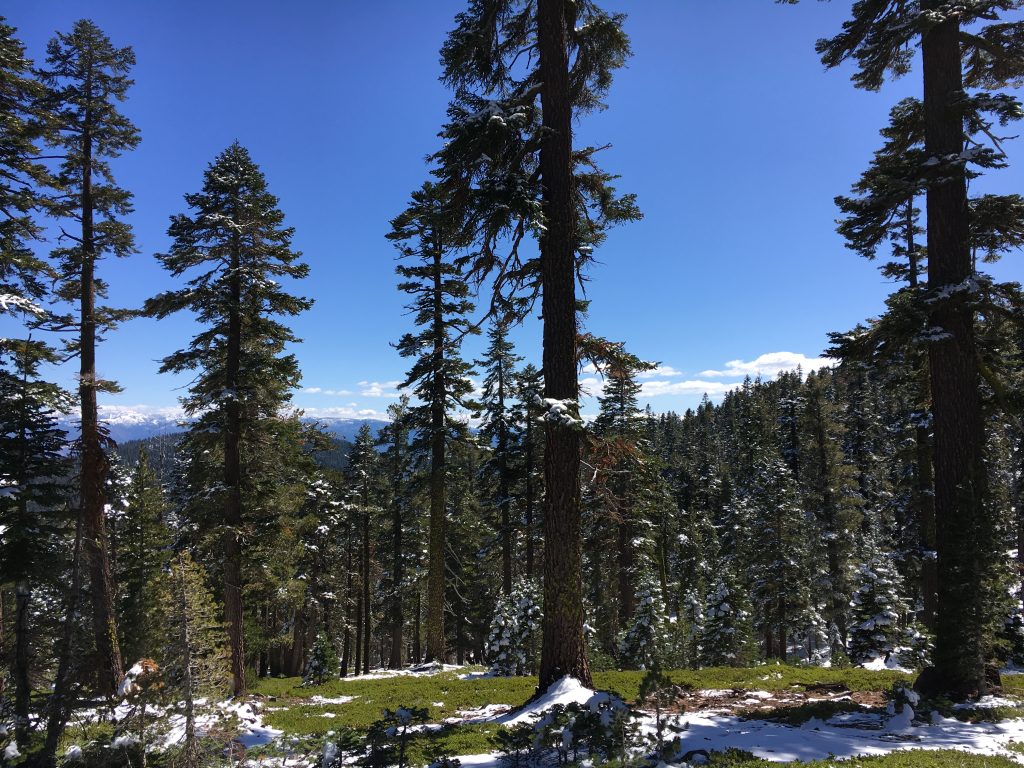
As more winter precipitation is falling as rain instead of snow, it’s changing how much water flows into reservoirs. It turns out it might be changing how much water trees can drink, too.
A time for healing: Hawaii’s coral reefs rebound during COVID-19

A silver lining outcome of the COVID-19 pandemic? Coral reefs in Hawaii may be becoming healthier with fewer swimmers in the water.
Tahoe-Area firefighters struggle to keep pace with frequent fires in near-record dry season

Low moisture levels in plant life give us a clue as to why firefighters are gearing up for one of the worst fire seasons yet.
Bringing back the Lahontan cutthroat trout: a story about a fluke finding, genetic study and a tribe’s hard work

Lahontan cutthroat trout went locally extinct in Pyramid Lake in the 1940s. But some determined folks and genetic research have brought the fish back, restoring an important cultural and economic asset for local Paiute people.
Windy, but no windfall: Why Nevada lags behind in commercial wind power
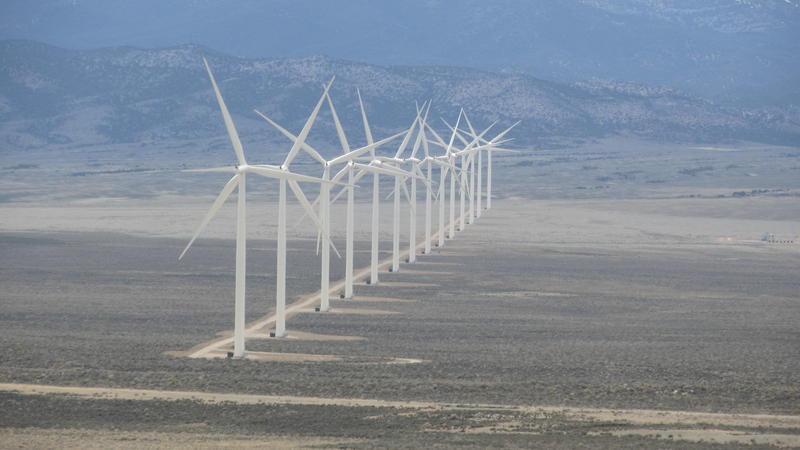
Nevada is a vast, windy state yet it ranks 33rd in the nation’s wind energy production. It turns out the temperamental gusts are part of the problem.
As more skiers venture into the backcountry, concerns about avalanche risk
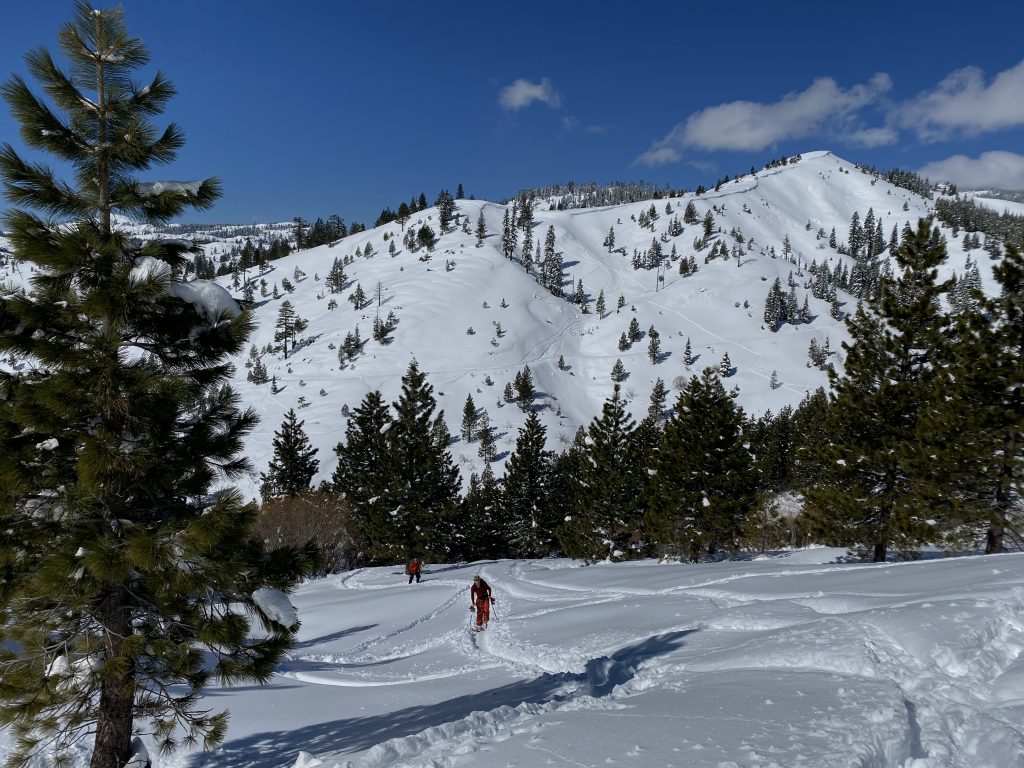
When ski resorts shut down due to the pandemic, many people decided to hit the backcountry slopes– including lots of newbies.
But without avalanche knowledge– heck, even with training– going into the backcountry can be incredibly risky.


